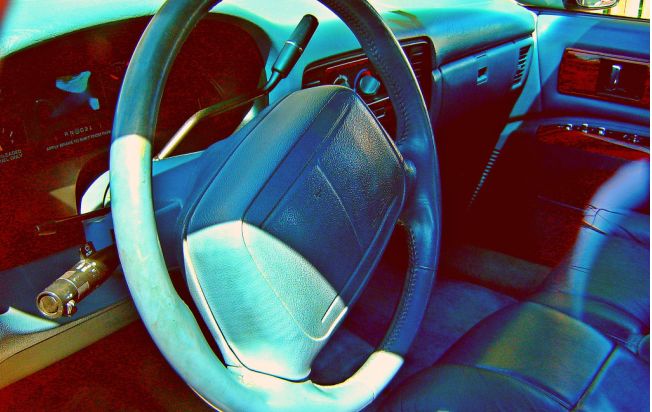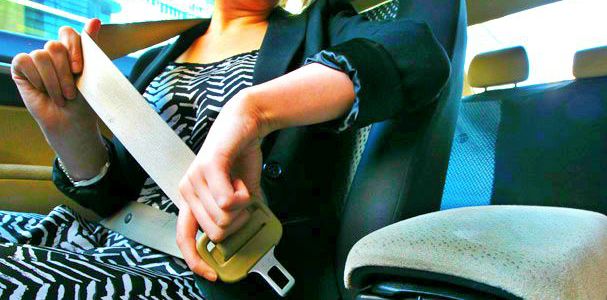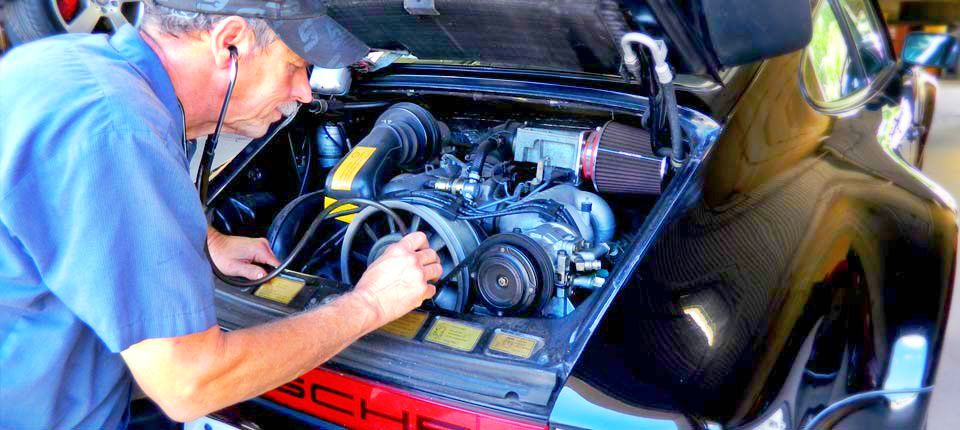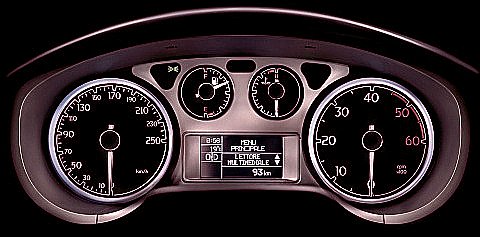
Odometers are often rolled back so the seller can make more money. Cars with low mileage are priced higher. Omit 35000-40000 miles and it will artificially inflate the value to about $2500 to $3000.
Digital odometers were supposed to make it hard for criminals to tamper with them, but they still managed to find a way to hack them.
Most vehicles store their digital odometer reading on the instrument cluster on a re-writable EEPROM chip. Once the chip is located, they will have it desoldered from the board and get it connected to a computer’s serial port where its data can be downloaded and manipulated.
Ponyprog is a popular program known to edit the data from an EEPROM chip.
The data on the chip is coded with inverted hex values. The odometer data are then edited and rewritten to the chip, which is then re-soldered to the odometer board and put back into the car. On older cars that sports analogue counters, the odometer is manually rolled by hand.
Tampering the odometer not only raises the value of the vehicle, it also deceives buyers that the vehicle is in better condition.
Here, we wrote down a few tips that will help consumer’s determine if the odometer has been tampered. Make sure that you keep these things in mind when you buy a used car.
Check The Instrument Dashboard
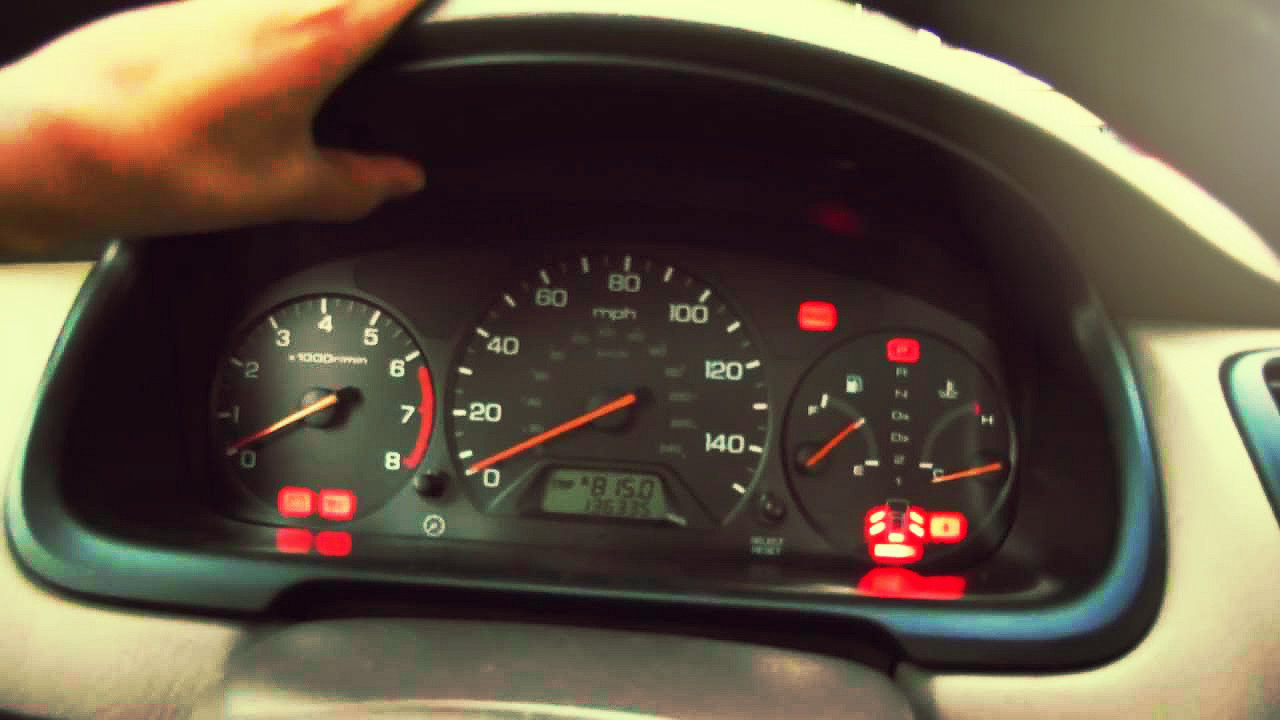
Make sure that the numbers on the odometer gauge are aligned correctly. They shouldn’t be crooked, there should be no gaps. Check if it jiggles when you bang on the dash with your hand. If the vehicle has an analog odometer, as opposed to newer digital readouts, check that the numbers are lined up straight.
Look for some man made marks inside the instrument cluster. Look for fingerprints or smudge marks. If you find some, it is a sure sign that someone has been in the cluster. Look for loose parts and switches that do not belong. There have already been reported cases of vehicles being rigged with switches that turns the odometer off and on.
Check The Wear And Tear
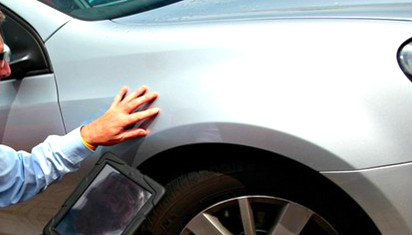
Make sure that the wear and tear match the declared mileage. Look out for signs such as worn seats, scratches on the keyhole, the steering wheel and other vehicle parts. These are indicators that the vehicle has been used a lot. If it looks too worn for the declare mileage that means that it has been rolled back. Check the vehicle’s tires. If it shows 20000 mi or less it should have the original tires.
Look For Service Stickers
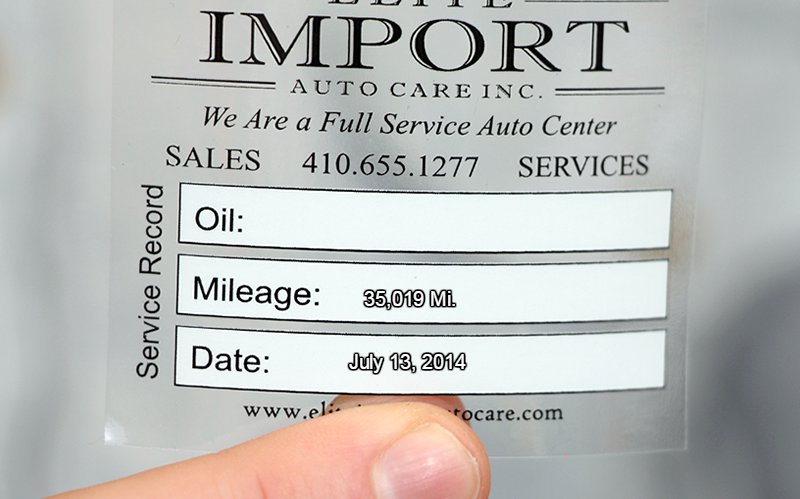
If you are checking a car with a digital odometer, it will be difficult to see physical signs of tampering. You can only know by dismantling the instrument cluster to see if the odometer has been desoldered.
You can look for service stickers inside the door or under the hood that may give the actual mileage.
If the odometer has been replaced or if a mileage correction was done, there will be a sticker showing:
- The date of installation.
- The vehicle’s last known mileage prior to the repair or replacement.
- The mileage added to the vehicle while the odometer was inoperable, if any.
You should also look at the owner’s manual for maintenance records. Make sure that there are no missing pages. It is also smart to contact the service center to validate the service manager ‘s signature.
Get A Vehicle History Report

Get a vehicle history report to compare the recorded mileage and the displayed mileage. Check the mileage on the car’s title records and the odometer, it will help point out any discrepancies.
Be Vigilant

If you have information on any operation or incident where this criminal act is being committed or of people involved in this crime, please contact your local Highway Patrol. Reporting it properly will alert our law enforcers. They will pay more attention to this problem and formulate more ways to protect consumers from this fraudulent activity.
Help inform your community by sharing this article on social media. Odometer fraud can be avoided, let’s work together to make the used car market safer.











